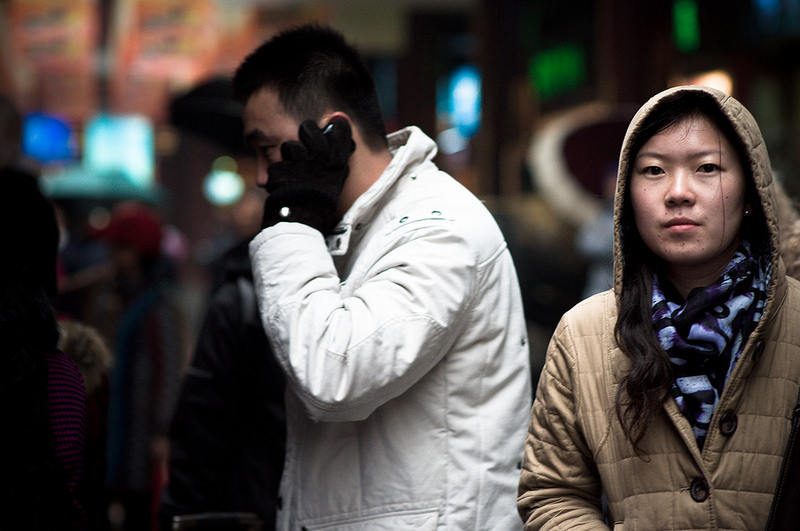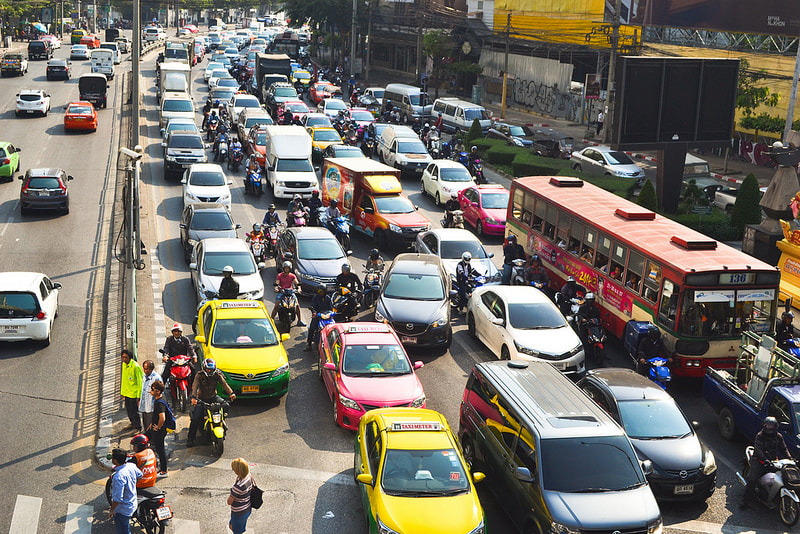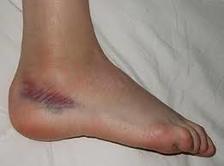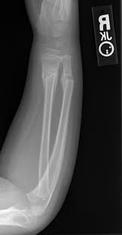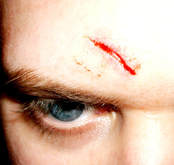AKA: What do you do when 9-1-1 can't come?
A multi-state domestic disaster drill took place in 2016 in Idaho, Oregon and Washington involving a large-scale simulation to test response and recovery capabilities in the wake of a 9.0 magnitude subduction zone earthquake and tsunami. Many lessons were learned, and after the exercise a new recommendation was released that citizens should be prepared to be on their own for 2+ weeks after a major disaster like a catastrophic earthquake. This is because:
- There will be destruction spread over many cities and transportation routes.
- Hospitals will be overrun, and many will be damaged, evacuated or shut down.
- Emergency medical services, where able to function, will focus on the areas of greatest need first (schools, nursing homes, etc.)
- Densely populated areas (aka big cities) will take priority over rural areas/small towns.
- Even if cell towers are functioning the 9-1-1 system will be overwhelmed.
It's hard to imagine it: Grandma falls and (possibly) breaks her hip, so you dial 9-1-1 on your cell phone and get... a busy signal. Over, and over, and over again. And when you finally get through to the phone tree you're on hold for a REALLY long time. Or you get disconnected.
In the case of grandma's hip she's in a lot of pain, but she is not in immediate mortal danger. But what if she were bleeding from her head? Or was having a heart attack? Or had been shot? You can imagine how things could get pretty bad, pretty quickly.
WHAT SHOULD YOU KNOW?
1) Know your neighbors & ask for help
2) Injuries or illnesses that you may see after disasters - and how to help:
>> Click for more information on each type of injury:
- Do you have neighbors, co-workers and/or nearby friends who are medically trained?
- Doctors, ARNPs, nurses, veterinarians, dentists, midwives, military personnel and ship captains are all great medical resources
- Plan ahead - help organize your neighborhood BEFORE disaster strikes
2) Injuries or illnesses that you may see after disasters - and how to help:
>> Click for more information on each type of injury:
3) You CANNOT help EVERYone.
-Not breathing*
-Head injury with fixed & dilated pupils
-Small premature baby (< 1 lb) not breathing well
-Traumatic injuries with bleeding that cannot be stopped with holding pressure
-Severe burns (through the skin to underlying tissue) covering > 50% of body
* The only exception is a lightning strike victim – CPR can keep them alive until their system“reboots” after the massive
electrical disruption.
- If nobody answers when you call 9-1-1 then some people are going to die
- Unless you’re a trained surgeon with a working operating room nearby, some injuries and illnesses will be untreatable
- These people cannot be saved unless paramedics can come:
-Not breathing*
-Head injury with fixed & dilated pupils
-Small premature baby (< 1 lb) not breathing well
-Traumatic injuries with bleeding that cannot be stopped with holding pressure
-Severe burns (through the skin to underlying tissue) covering > 50% of body
* The only exception is a lightning strike victim – CPR can keep them alive until their system“reboots” after the massive
electrical disruption.
- In some cases you can only comfort people - just be present. Nobody should have to die alone.
